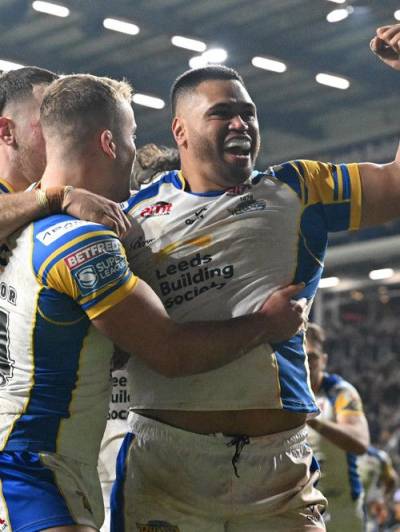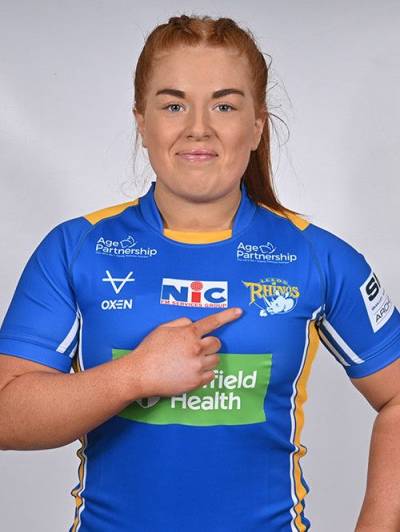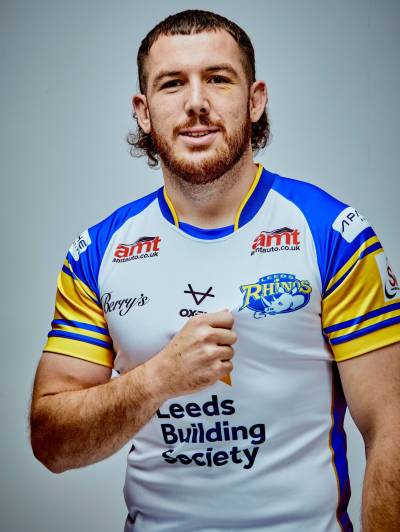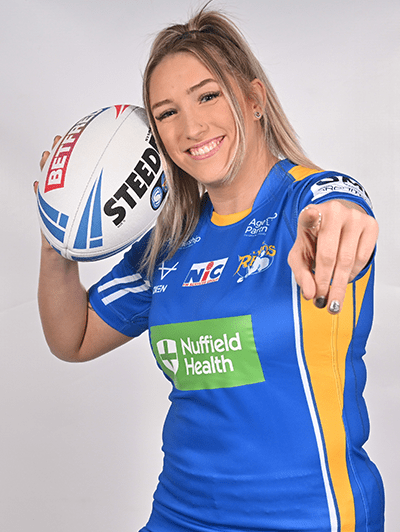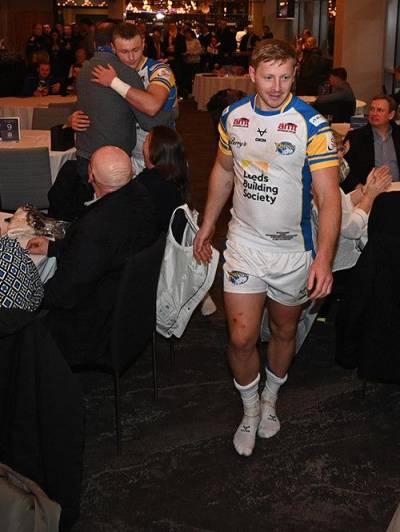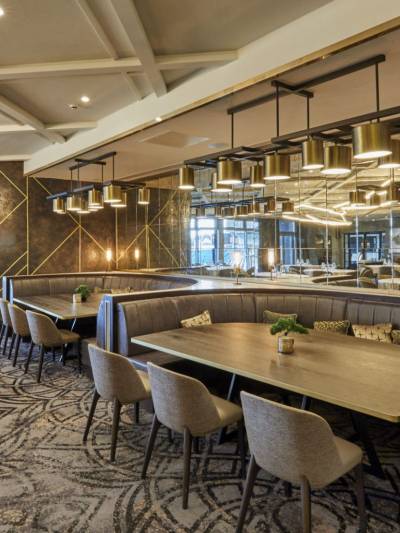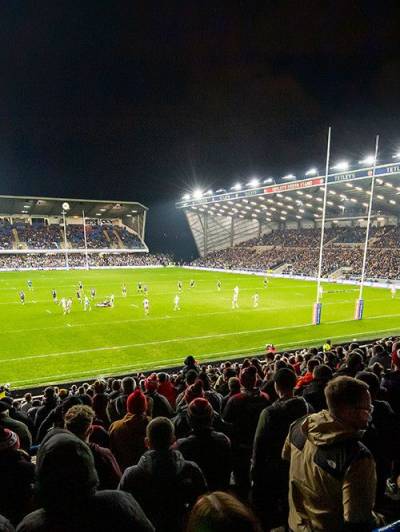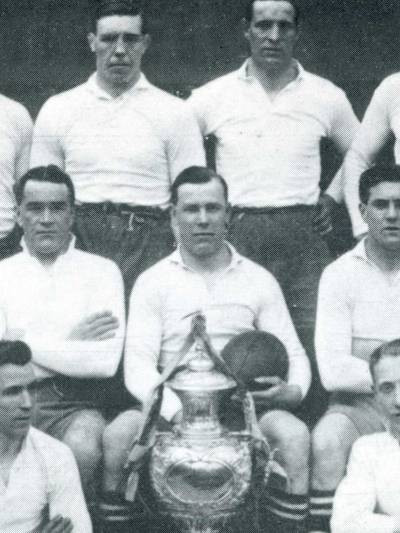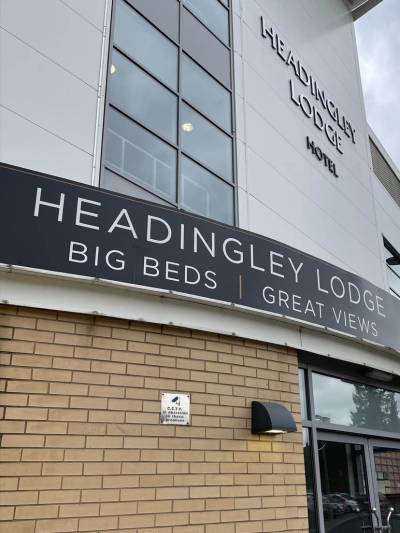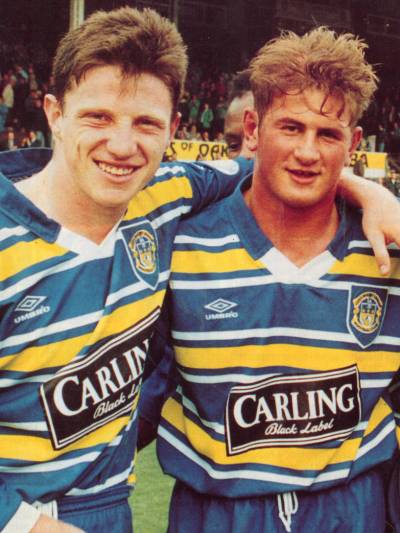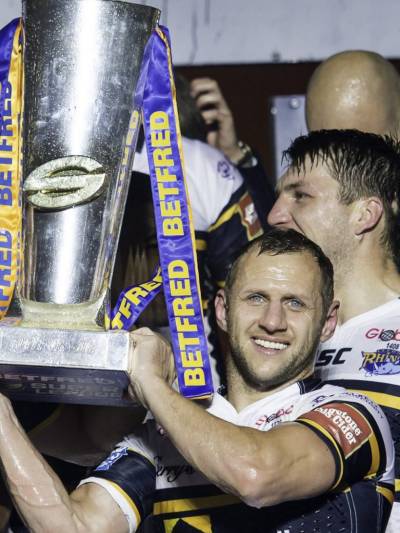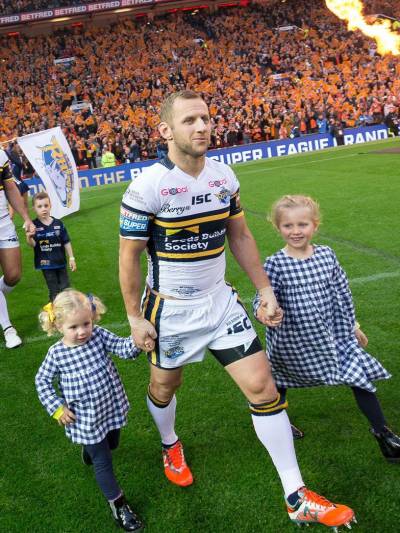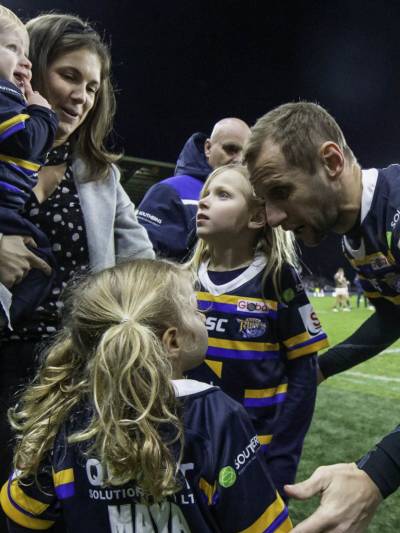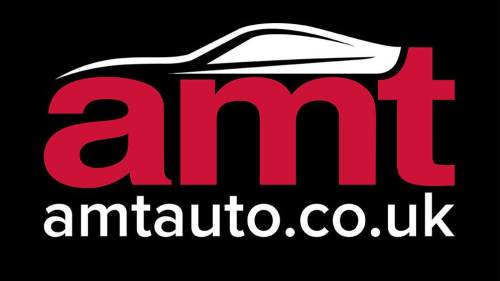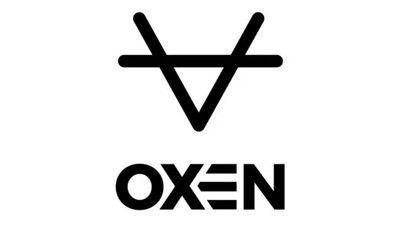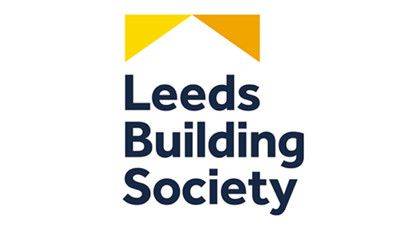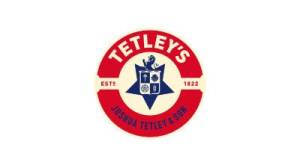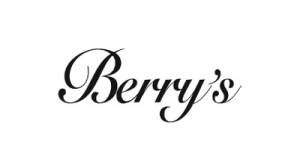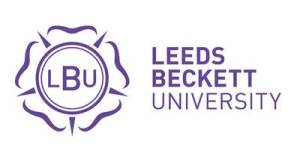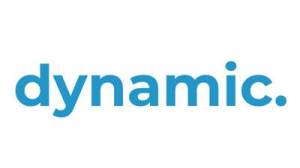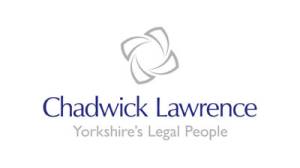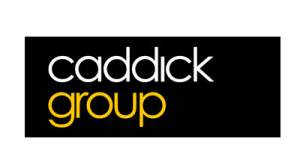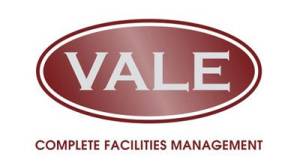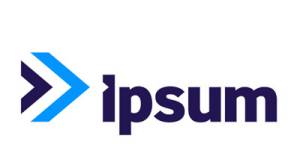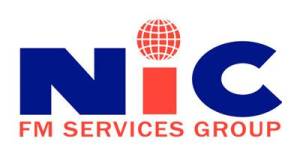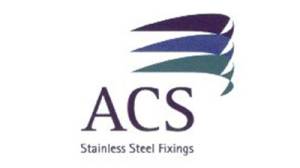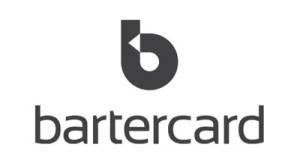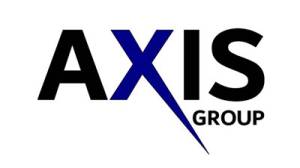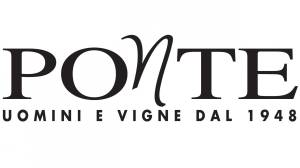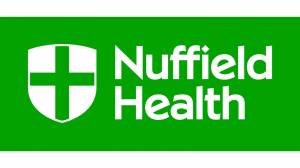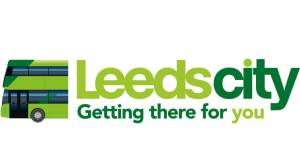1944-1945
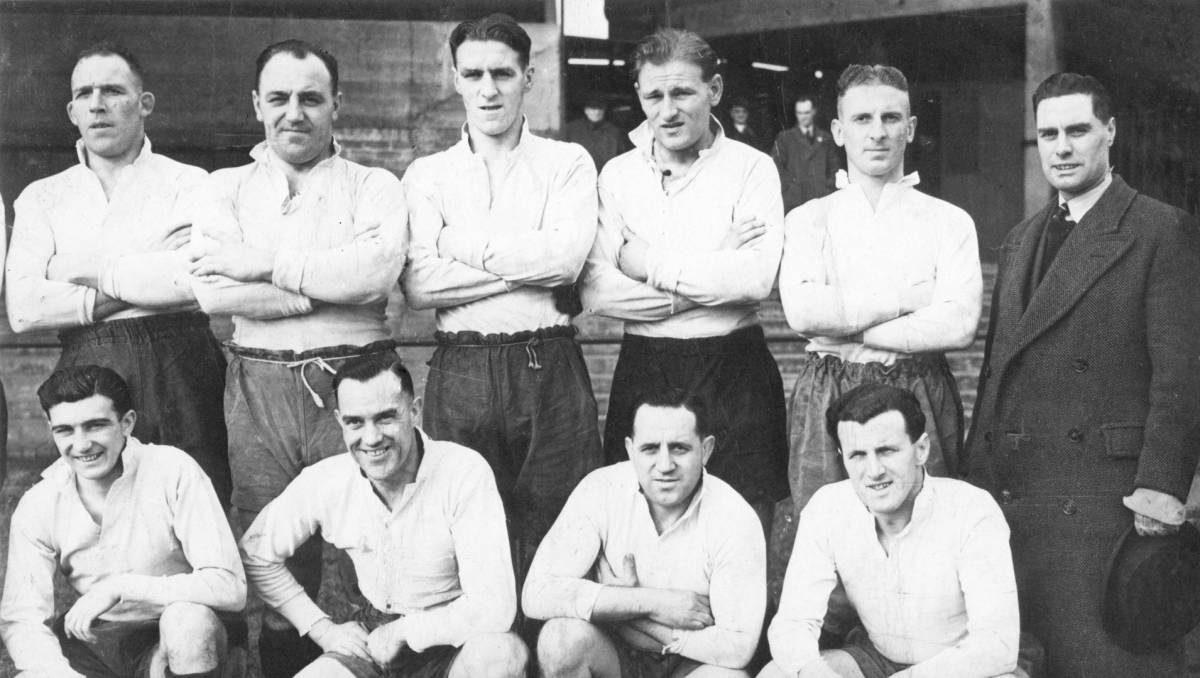
Seventeen teams took part in the Emergency League Competition, and Bradford Northern became League Champions, defeating Halifax in the Final.
No fewer than ninety players turned out for Leeds during the season, and it was often necessary to field scratch teams. This was fully reflected in the performances: tenth in the final league table with only nine victories from twenty-three engagements and first round dismissals from both the Yorkshire and the R.L. Cup Competitions.
This dismal record caused quite a deal of concern to the Officials, and as the Allied Forces pushed on rapidly to victory in Europe and the Far East so there was increasing anxiety about the playing strength, which was obviously nothing like good enough for a normal peace-time Competition. It was apparent that much hard work lay ahead if the team was to be restored to its pre-war standard.
One major step in that direction was made, however, during November, when the team which travelled to play St. Helens included a player introduced to the Club by Tommy Cornelius. Such difficulty had been experienced in raising a team on many occasions that any player, even only of average ability, was more than welcome. This slightly built young player soon showed in that match that his ability and potential were well above the average, and consequently he was signed immediately after the game. The fortunes of war which had already brought Ike Owens to Headingley, had now produced yet another ?star of the future? in Dicky Williams, who was to wear the Leeds jersey with such distinction and honour over a period of ten seasons. Williams, who hailed from Mountain Ash, and who had gained Welsh Schoolboy International Honours in 1939, was to gain every honour in the game: he made his Test debut against Australia at Swinton in 1948, toured Australia and New Zealand in 1950, captained Great Britain in this country in 1951, and finally joined a very select circle when he was chosen to lead the party which toured Australasia in 1954.
There were other signings during this campaign: Hector Gee, the Australian serum-half, from Wigan; Eric Hesketh, a very speedy stand-off or centre; Walter Cussans, a young local full back; and John Hickey, a second row forward, from Wales, who was later to play for Dewsbury. Dennis Madden, who had not played since 1940, bravely answered an S.O.S. in the early weeks of the season when the playing strength was at a very low ebb but he was able to make only four appearances owing to illness and was compelled to retire on medical advice. Idwal Davies, too made two of his rare appearances, but on each occasion he had to leave the field with a damaged collar bone. The outbreak of hostilities had prevented these two extremely talented players from making more than 66 appearances between them in Leeds colours, whereas Gareth Price, who joined the Club at about the same period, was to put in 153 appearances and to be a tower of strength in the immediate post-war period.
In view of the denuded playing strength it was difficult to understand the action of the management in parting with the services of Charlie Eaton, Ted Tattersfleld, Hector Gee and Harry Dyer at the end of the season. These players who were transferred en bloc to Batley would have been more than useful in the next campaign.
